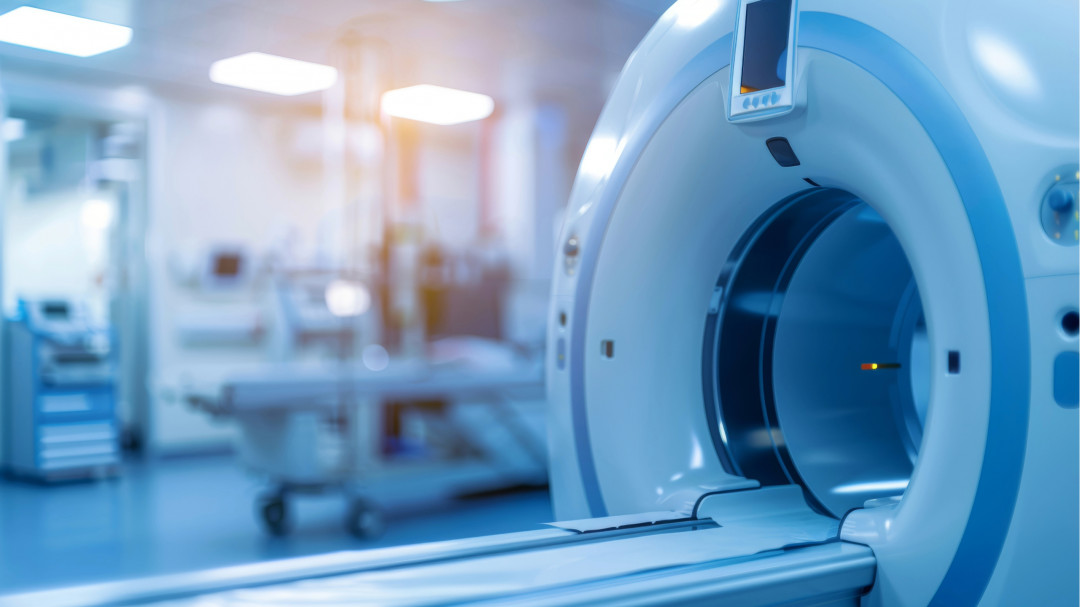
Until now, the main focus of X-ray fluorescence imaging has been to provide new insights into biomedical research. One scientific breakthrough was the ability to track labelled immune cells in near real time. This is possible because X-rays can excite contrast agents to emit an ‘X-ray echo’ – known as X-ray fluorescence. Measuring this allows for precise localisation.
X-ray fluorescence imaging is based on the fact that a scanning X-ray beam excites contrast agents to emit ‘X-ray echoes’. Contrast agents can also be used in the production and testing of electric motors. This would then enable the investigation of issues that have not yet been solvable using established X-ray methods. However, an even greater challenge is to develop an X-ray method that does not require any contrast agents at all.
From medicine to materials testing
This is precisely what the team from the Institute of Experimental Physics at the University of Hamburg, led by Dr Theresa Staufer and Prof. Dr Florian Grüner, has now achieved. Together with the automotive company Audi Hungaria, which is going to build the world's largest electric motor plant in Hungary, this new method is to be used for two specific problems in material diagnostics. This would be a great success for both sides, as previous X-ray methods cannot help with the specific problems.
Both sides have now signed a cooperation agreement that begins with a pilot study. If the new method can solve the two challenges, it is conceivable that a newly developed compact laboratory system, which was funded by the Joachim Herz Foundation, among others, could be used in a practical test at Audi Hungaria.
Example of cooperative innovation
‘Basic research in physics can develop novel imaging techniques, but it also needs to look outside and cooperate with external partners to obtain very specific problems,’ says Theresa Staufer, ’because otherwise we would have a solution for which there is no actual problem.’
However, two such very specific, practical challenges have now been identified in the cooperation between the University of Hamburg and Audi Hungaria. ‘We can now adapt our basic solution to this specific problem and lead to an application in a completely new area,’ says Florian Grüner. ‘This can then be used to develop further new ideas for research – and that's how innovation is created through cooperation, which is precisely what our university's mission statement reflects.’

